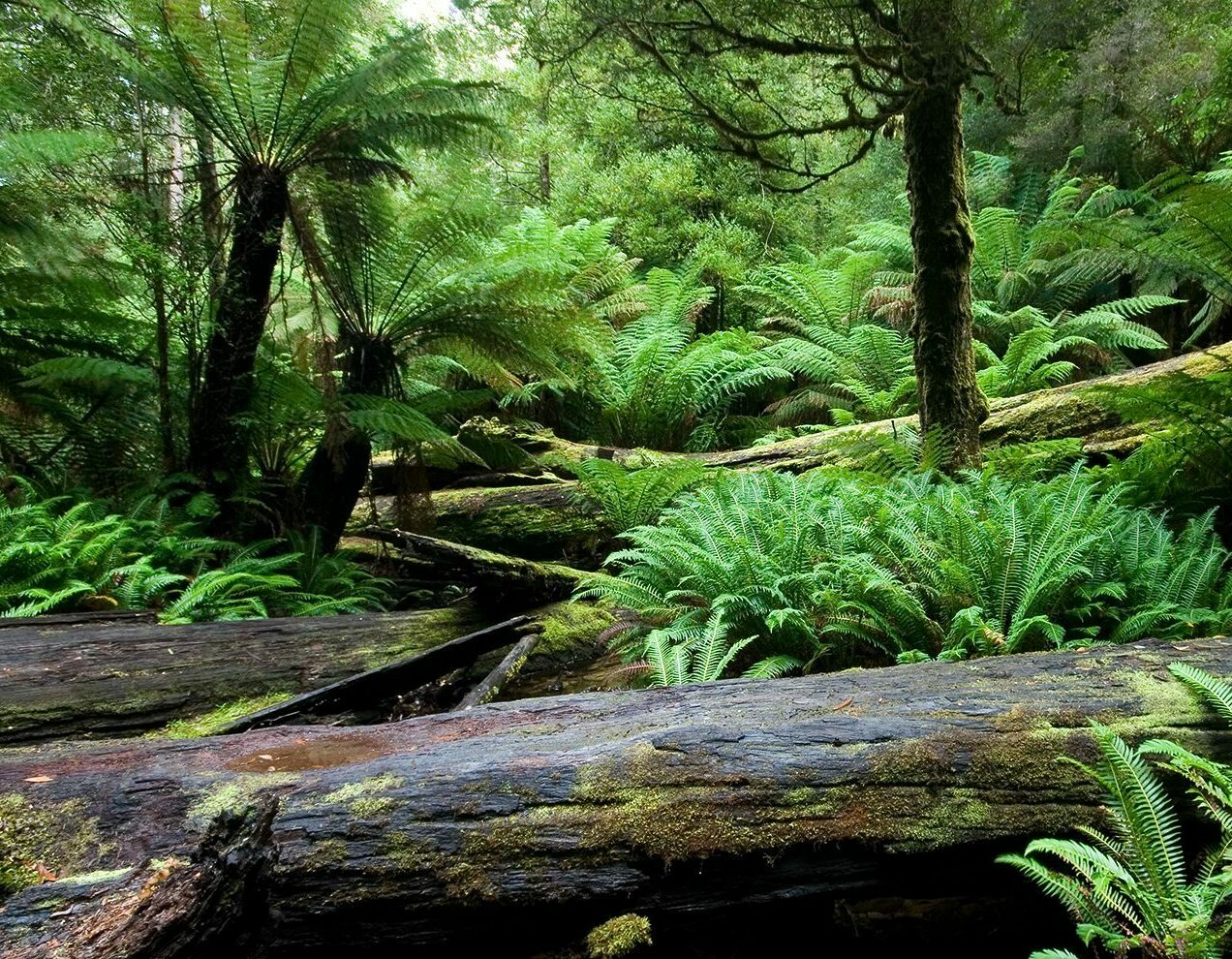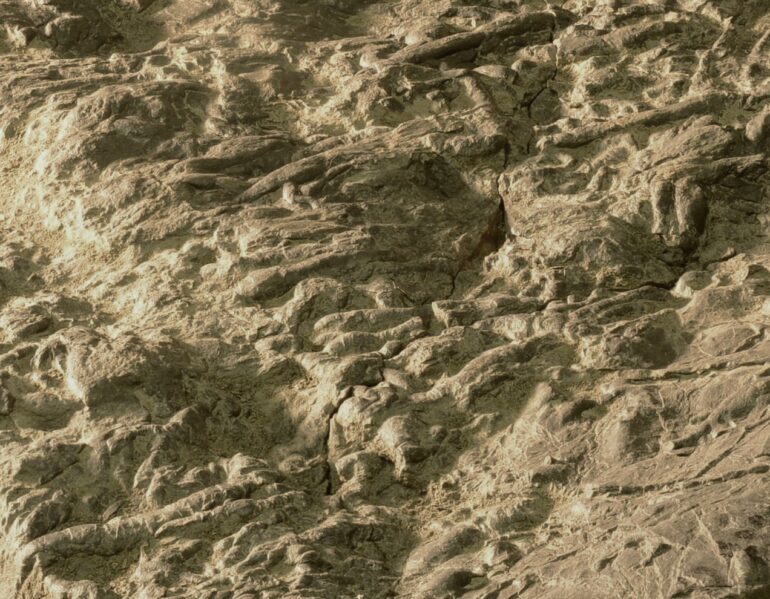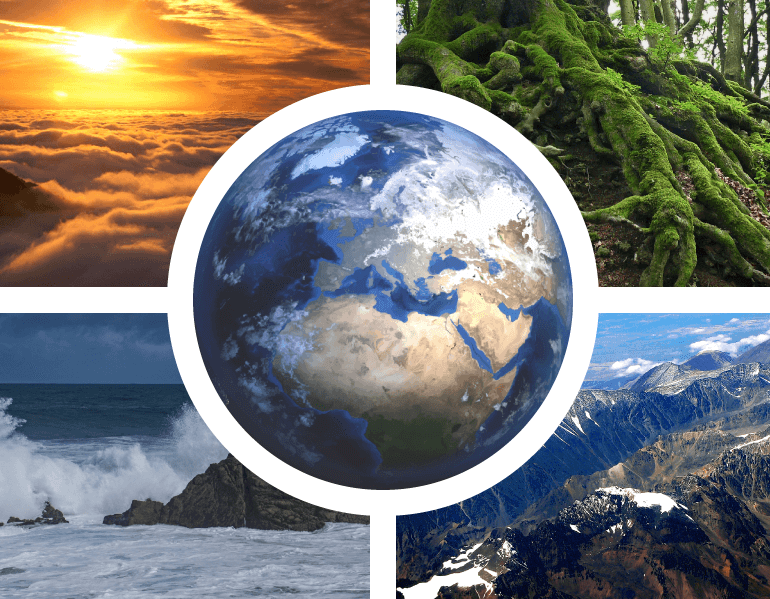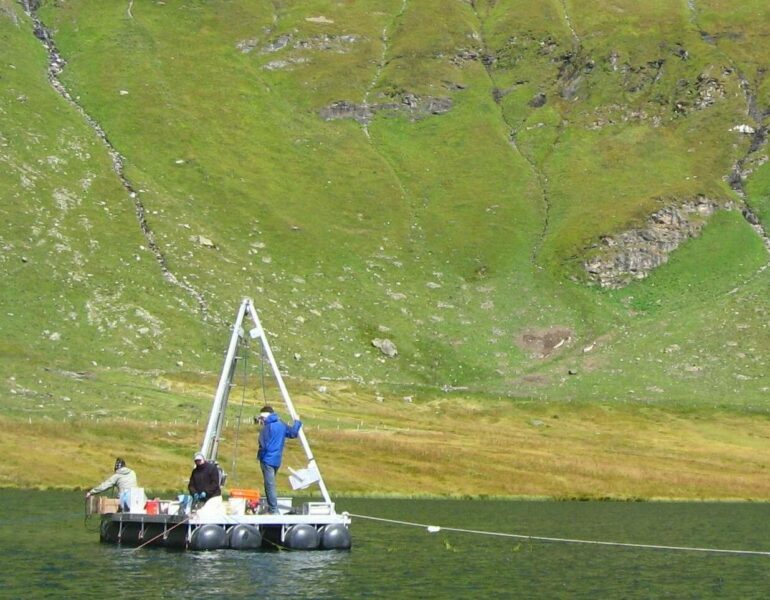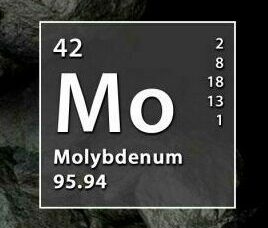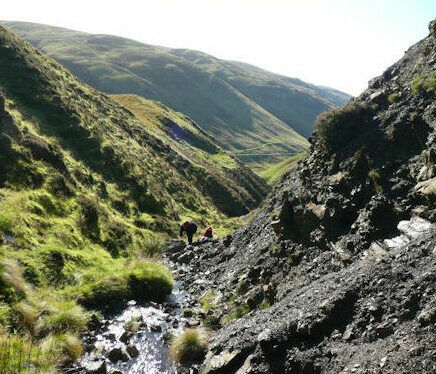Archives
The Cambrian explosion of animal life
The appearance of animals on Earth after 3 billion years of evolution in microbial ecosystems is often claimed to be a result of rising O2 levels on Earth. However, evolving animal ecosystems may in fact have lowered O2 levels. In a study led by Richard Boyle we show that the effect of animals burrowing into … Read More
Tracking ancient ocean chemistry in the field
The Reading Rainbow guy in Star Trek Next Generation was born blind, but able to see through his VISOR and, later on, via prosthetic ocular implants. By analogy, field geochemists now have new vision. Although, the device is not installed in a visor or as a prosthetic ocular implant, the new generation of energy-dispersive X-Ray … Read More
What regulates O2 on Earth?
In our research group, we seek to understand how environmental parameters are controlled on Earth. Uranium (U) is sourced to oceans via rivers and is slowly removed in both oxic and anoxic ocean settings giving it a long residence time relative to ocean mixing time scales. U is retained in carbonate rocks that also record … Read More
Ancient ocean analogues
In September 2009, Adrian Gilli and Stefanie Wirth visited Lake Cadagno, Switzerland, equipped with a drill rig to collect two long sediment cores from the deepest part of the lake. These cores hold important information about the history of the lake since the last ice age 12,500 yr ago. Wirth and Gilli … Read More
Molybdenum reduction in nature
At the Goldschmidt conference in Davos 2009, chemist Anthony Chappaz told me about the potential of using synchrotron radiation to determine the speciation of amorphous (non-crystalline) materials. This approach could potentially provide fundamental insights to how molybdenum (Mo) is cycled in the environment. The technique was first applied in the geochemical literature by the famous … Read More
Mass extinction by sulfide suffocation
Oxygenation of the Earth’s oceans
Animals evolved on our planet 3,500 million years after the origin of microbial life forms. Thus, we present a rare form of life that is not representative of life in the Universe. Why did complex organisms evolve so late in Earth’s history? Something seems to have triggered evolution towards intelligent life forms. Could this ‘something’ be … Read More

